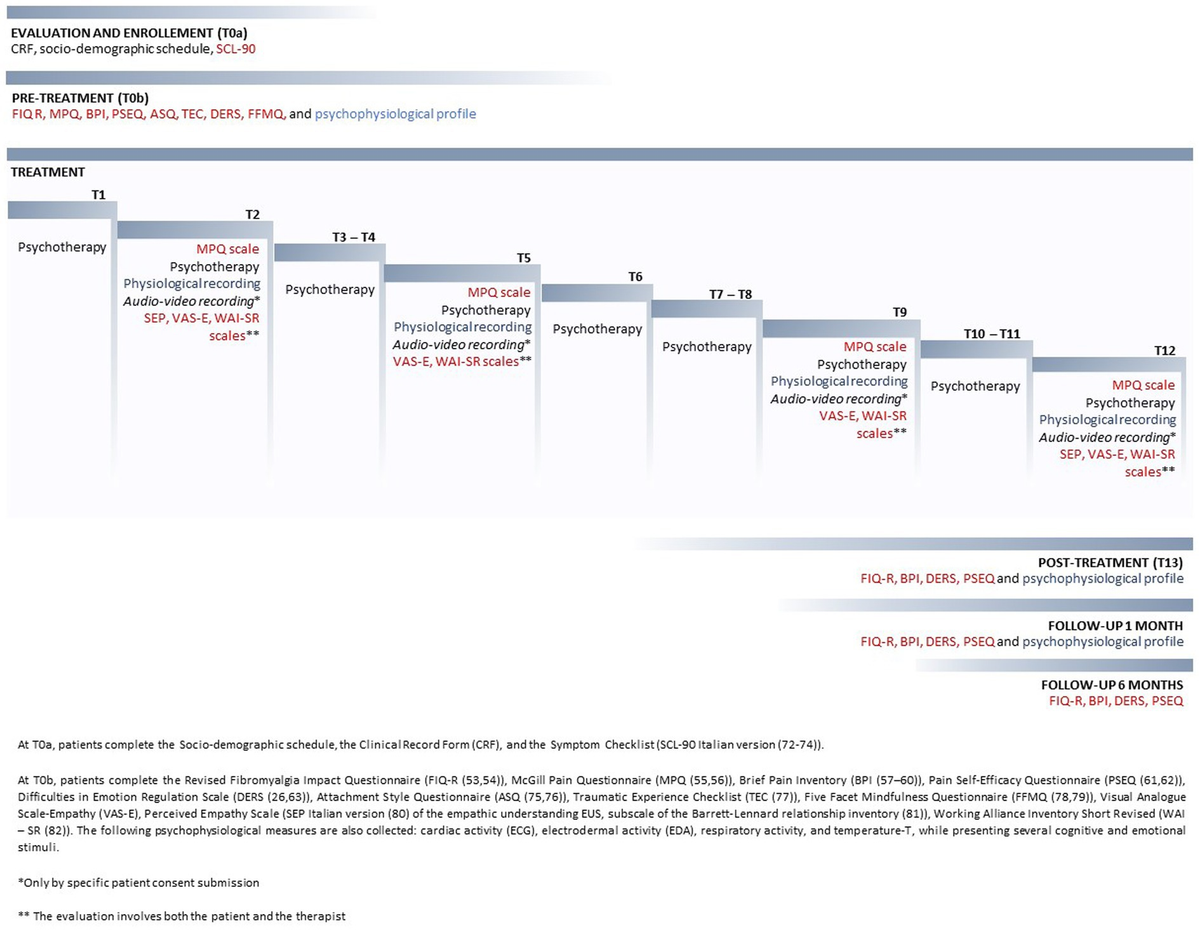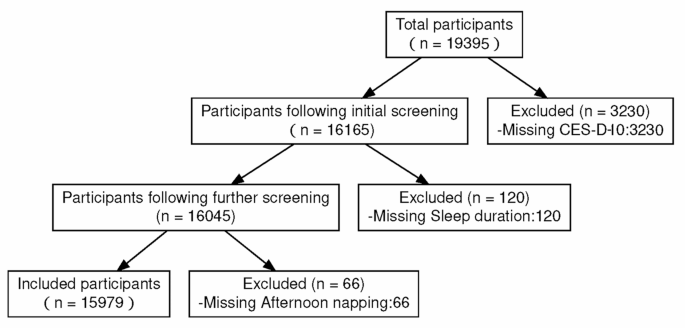Looking for a simple way to ease pain symptoms that doesn’t involve taking any medications? Listening to your favorite song may be a simple yet effective way to feel better, according to a new study published on October 25 in Frontiers in Pain Research.
Pain is a complex and subjective experience that involves sensory, cognitive, and psychosocial processes, according to the American Music Therapy Association. Music therapy can diminish that sensation in different ways: It can divert attention away from pain, reduce pain intensity, ease stress and anxiety, and promote a sense of control.
Music May Help Disrupt Pain Stimuli Before It Starts Hurting
Several studies have demonstrated that music is quite effective at reducing pain, says coauthor Mathieu Roy, PhD, an associate professor of psychology at McGill University in Montreal. The decreased sensitivity to pain (also known as hypoalgesia) can occur when the sensation of pain is disrupted between where it begins (the stimuli) and where it is recognized as pain by the conscious mind.
“The effects generally range between a 10 to 20 percent reduction, so similar to anti-inflammatory drugs, for instance. The mechanism of how it works is different, but the amplitude of the effects appears to be comparable,” says Dr. Roy.
A Cochrane review published in 2021 that looked at the effect of music interventions on people with cancer found that music may be effective in reducing anxiety, depression, and pain, although the authors acknowledged that most of the 81 studies had a high-risk of bias and low certainty of evidence.
But there hasn’t been much research to determine which type of music is best to reduce pain, Roy says. “Can we increase the effects of music? This is what we sought to test in our study.”
Participants Chose Music They Would ‘Bring to a Desert Island’
Investigators recruited a total of 63 healthy participants, 49 females and 14 males, with an average age of 21. In a controlled lab situation, subjects received moderately painful thermal stimuli to the inner forearm, resulting in a sensation similar to a hot tea cup being held against the skin. These “burns” were paired with different types of music, each lasting approximately seven minutes.
“We compared two different types of music: relaxing music that was taken from a music therapy application that’s been proved to be effective in prior studies, and self-selected preferred music,” says Roy.
For the self-selected music, participants were asked to bring two tracks that represented “their favorite music of all time,” and “the songs that they would bring with them to a desert island.” The control conditions were either silence (no music at all) or scrambled versions of music.
The music chosen by study participants had a much larger effect on immediate thermal pain reduction than unfamiliar relaxing music. “We had 20 to 25 percent pain reduction for the self-selected preferred music — so that’s a relatively large effect compared to around 10 percent for the relaxing music app that the participants did not choose,” says Roy.
Listening to favorite tracks was also better at reducing pain and discomfort compared with scrambled music (which mimics music in every way except its meaningful structure) which means the results probably aren’t just due to distraction or the presence of a sound stimulus.
“This is an interesting, ambitious study with a strong design,” says Joanne Loewy, a doctor of arts and the founding director of the Louis Armstrong Center for Music and Medicine at the Mount Sinai Health System in New York. “This study provides interesting validation for treating pain with music that is of significant importance to a patient,” says Dr. Loewy, who was not involved in the research.
It would have been interesting to include more information about the songs, such as how much of the music is “song” (lyrics and melody) versus instrumental, and the era of the song, she notes.
Bittersweet, Emotional Tunes Were Most Effective in Reducing Pain
In the second part of the experiment, participants were asked to describe and categorize the music they chose for the study. The songs fell into four basic categories: energizing/activating, happy/cheerful, calming/relaxing, and moving/bittersweet, says Roy.
The more emotional songs that were moving or bittersweet were the most associated with lower ratings of pain or unpleasantness. They also resulted in more musical chills, notes Roy.
Chills, which can manifest as tingling, shivers, or goosebumps, are a psychophysiological response (when something that happens in the brain leads to a response in the body) that can happen when listening to music, according to the American Psychological Association. Although it is not yet entirely understood what musical chills are, they seem to indicate a neurophysiological process that is effective at blocking pain signals, according to the authors.
The finding that the moving, bittersweet songs were associated with lower ratings of pain implies that there is perhaps some intrinsic conflict-resolution within the music itself that proved useful, says Loewy. “This could imply a metaphoric aspect of the music best suited for pain management.”
Can Listening to Music on Your Own Relieve Pain?
Roy believes that listening to your favorite music — especially songs that hold emotional meaning — could help with most types of pain (provided it isn’t pain caused by a life-threatening injury or condition). “Maybe not headaches, because many times people with headaches like quiet, but it can help with most types of pain.”
“Bittersweet” music may not be the same for everyone, says Roy. “It’s music that is maybe a little bit sad, but not super sad. For me, it’s the songs of Leonard Cohen.”
If you’re interested in the healing power of music for pain, Loewy suggests seeing a music therapist rather than trying it on your own. They can conduct a careful assessment and your history along with a music therapy evaluation to find the most effective ways to use music, she says. “It might actually be counterproductive to simply assume a favorite tune will assist someone’s pain,” she adds.












